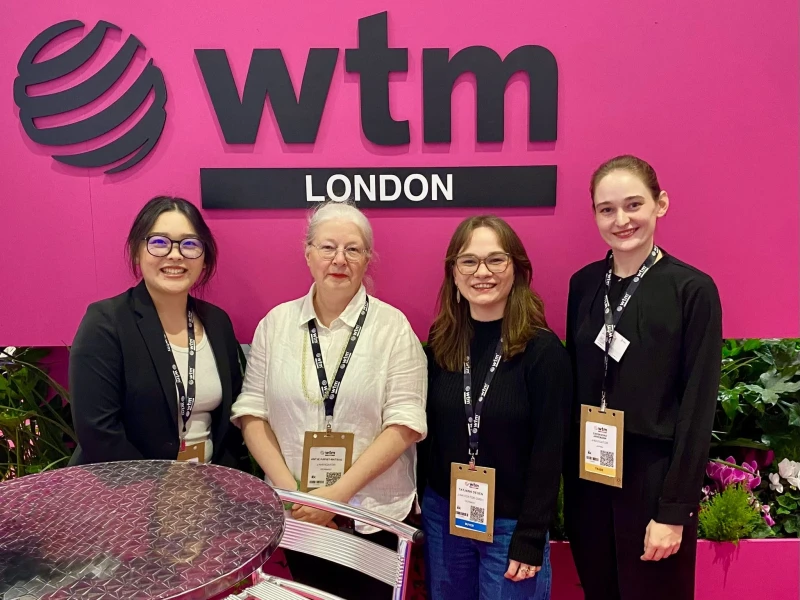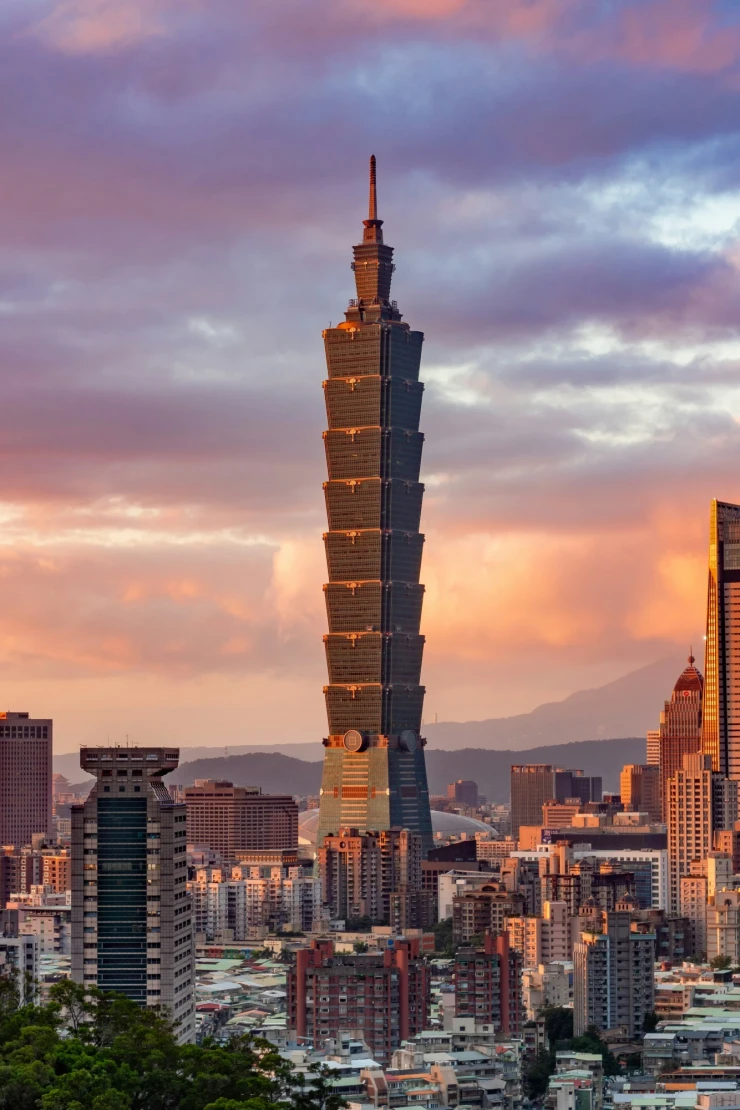Services
Four Key Reasons to Partner with Us
Unique Experiences
With us, your guests enjoy moments that stay with them—from meeting traditional pearl divers to participating in a private tea ceremony. Authentic encounters and exclusive insights turn every journey into a story that stays with them long after the trip ends.
Selected Accommodations
Your guests enjoy accommodations tailored to their preferences—whether in carefully selected mid-range hotels, stylish design properties, or traditional ryokan with soothing hot springs. Our portfolio also includes family-run guesthouses, authentic homestays, and remote mountain lodges. Every option is chosen to provide the perfect setting and the highest level of comfort.
Flights with Renowned Airlines
As a certified IATA agency, we specialize in booking and issuing all types of airline tickets. For years, we have worked closely with numerous 5-star airlines to make both long-haul and short-haul flights as comfortable and enjoyable as possible for your guests.
Highly Qualified Tour Guides
A professional guide plays a vital role in shaping the overall travel experience. That’s why we work exclusively with well-trained, knowledgeable, and thoroughly prepared guides who lead every tour with expertise, enthusiasm, and dedication.
News
News from J-Navi

WTM 2025 in London
WTM 2025 in London
Members of our Japanese and German sales and hotel team (from left to right: Anna, Antje, Tatjana and Cassandra) on the WTM 2025 in London! If you’re around, let us know and let’s catch up until November 6!

Connections Luxury 2025 Asia Pacific
J-Navi for FIT, Luxury and MICE
We are so excited to participate in the Connections Luxury Fair in Tokyo from October 5 to 7. A great opportunity to strengthen our international network with luxury FIT sellers from all over the world!
You will also find us next year on various Connections Luxury events so please drop by and see for yourself that we are your best pick in Asia for your FIT clients.

Tourism EXPO Japan
J-Navi at Tourism EXPO Japan

About Us
J-Navi – your reliable partner for unique travel concepts
As a dynamic DMC with offices in Berlin and Kyoto, our international team of over 40 employees brings your guests closer to Asia in a sustainable, authentic, and unforgettable way.

Would you like to learn more?
Contact us.








